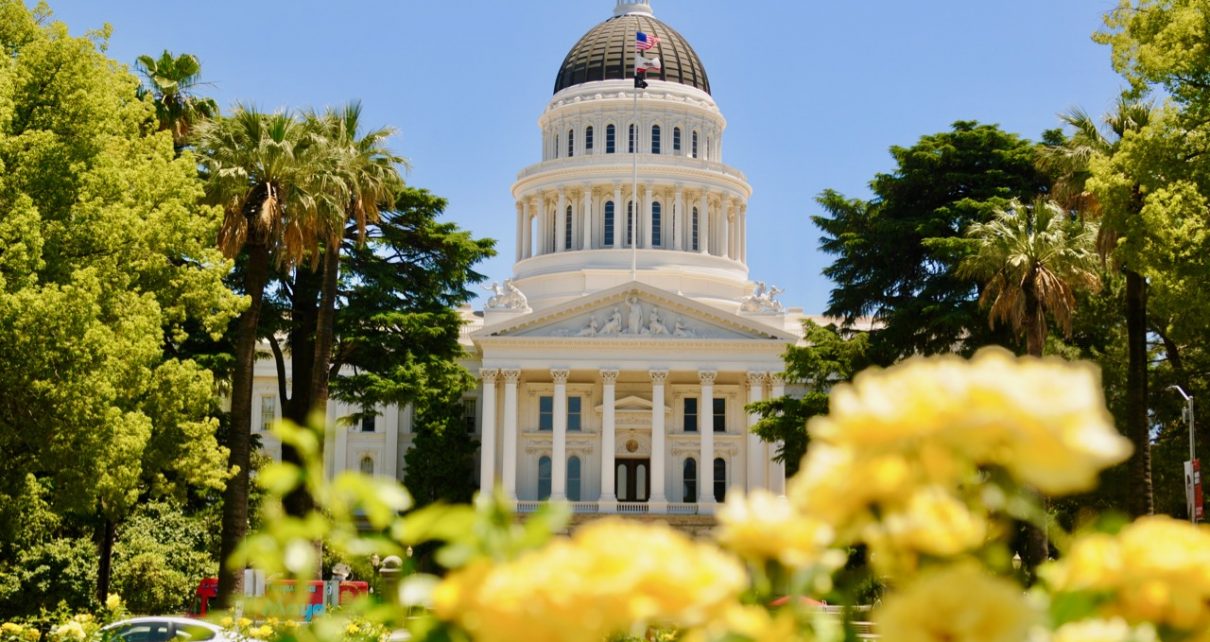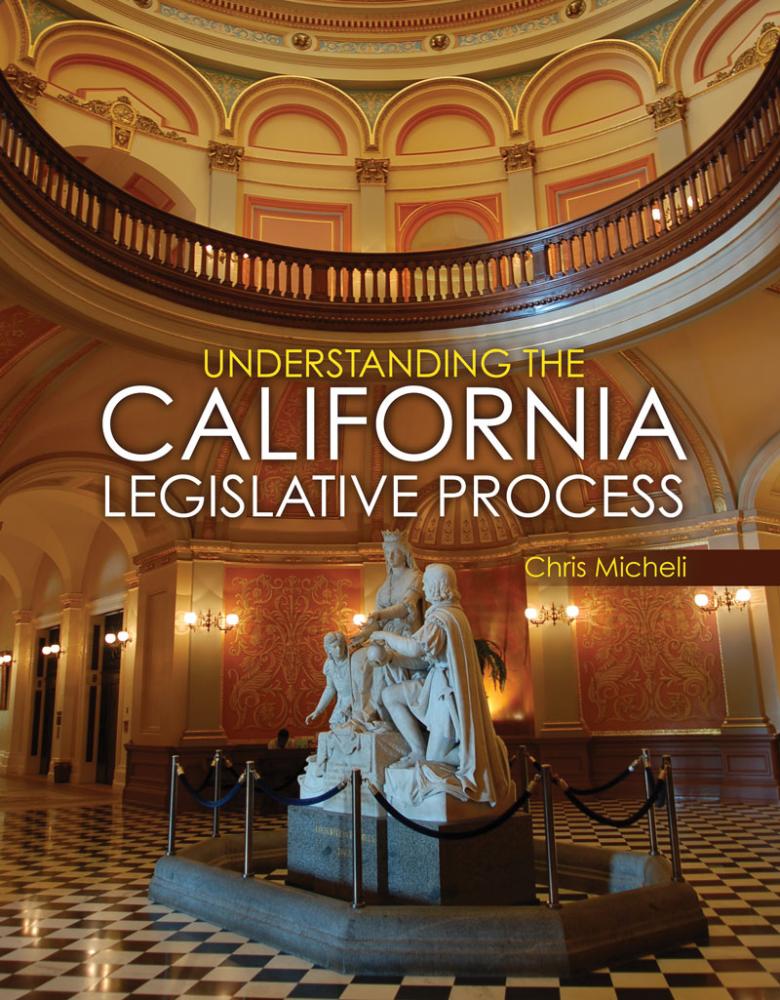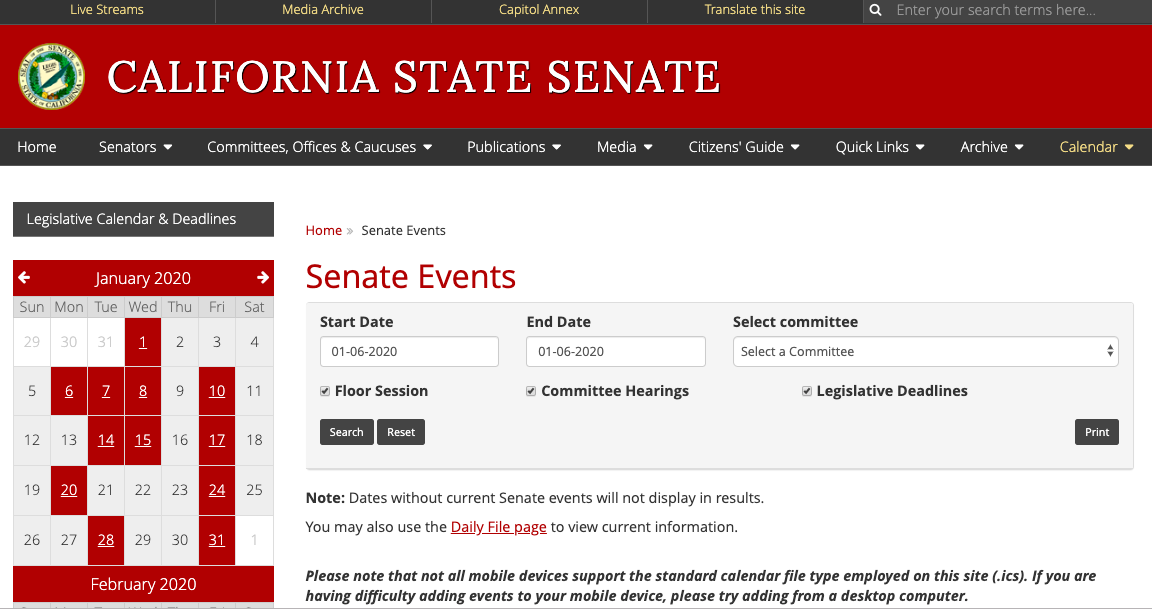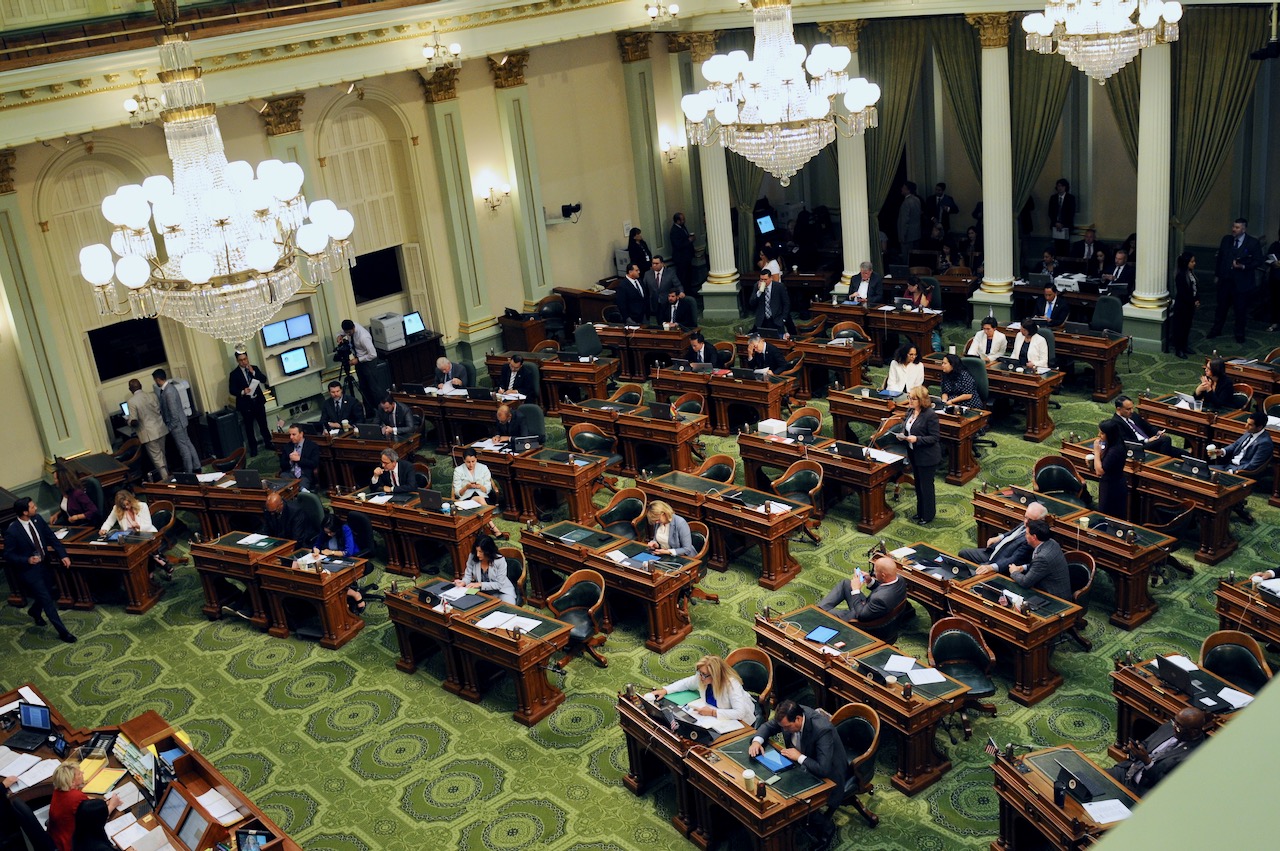
California State Capitol (Photo: Kevin Sanders for California Globe)
Understanding California Legislative History and Intent
It is important for attorneys and others to possess a basic understanding of what legislative history research consists of
By Chris Micheli, October 11, 2019 5:05 am
By Carolina C. Rose and Chris Micheli
Attorneys, lobbyists, legislative staff, and others examining California statutes should understand the basics of legislative history and intent research. Unfortunately for attorneys, the subject of legislative intent is not a particularly well covered aspect of the typical law school curriculum where heavy emphasis on the case method of studying law tends to restrict the discussion of legislative purpose to what the courts say on the subject.
However, because California courts have a long tradition of relying upon bill analyses and other evidence of legislative history in the same manner as they do case law – to clarify the meaning of a statute and properly apply the Legislature’s intent – practitioners would do well to know how to discover and apply the Legislature’s intent with respect to the statutes that at are issue in their cases.
For others, such as lobbyists, staff or the media, the focus is typically upon the proposed solution contained in a particular piece of legislation, and not upon the accompanying expressions of legislative intent. However, both are important. At minimum, it is a good idea to confirm one’s understanding of a proposed legislative solution with the statements of legislative intent from the bill’s legislative history. Here are at least three reasons why:
(1) Our codes are rife with ambiguities that the courts will look to the legislative history to clarify.
(2) The courts will overlook a statute’s plain reading if it collides with evidence of the Legislature’s actual intent or to avoid an absurd application.
(3) Courts will also look to legislative history to confirm their own plain reading of a statute.
Both attorneys and Sacramento Capitol watchers would do well to understand that evidence of California legislative history and intent serves as an important aid for interpreting statutes and understanding what was intended by the Legislature in enacting a particular new law or amending an existing law.
Sir Francis Bacon is attributed with the statement “knowledge is power.” Applying that wisdom here, lobbyists and others should be well versed in the legislative history and intent of the code sections that their clients have hired them to “watch” and or/amend. Attorneys should utilize a well-established area of legal research that can shed light on the meaning of statutory terms at issue. And solid news reporting should include relevant aspects of the story surrounding how and why the bill of interest was passed.
In California, the primacy of legislative intent has long been established by both statute and case law. For example, Code of Civil Procedure Section 1859 (enacted in 1872) provides this mandate to the courts: “In the construction of a statute, the intention of the Legislature … is to be pursued, if possible …” Also, the judicial notice statutes identify admissible legislative history materials in Evidence Code Section 452(c). The cases cited under those sections identify various records with which the courts have a high comfort level.
In general, evidence of legislative intent can be derived from two primary sources: An intrinsic analysis of the statute and its surrounding statutory context according to standard principles of statutory construction, and the use of extrinsic aids to reconstruct the legislative history of a statute.
The wider historical circumstances surrounding the adoption of a statute can yield extrinsic evidence of legislative intent that is outside the statute itself, such as relevant historical background, the chronology of events and the presumption that the Legislature is aware of prior law. Again, such evidence may even contradict any so-called “plain reading” of the statute which contradicts persuasive, extrinsic evidence of legislative intent.
In properly researching legislative history and intent, interested persons should ask the following questions to guide their efforts:
- What is the “plain meaning” of the language in the statute? To what extent is the meaning self-evident?
- Why was the statute adopted? What needs prompted it? What problem or evil was the legislature trying to correct?
- What happened in the Legislature during the process of adoption? What is the statute’s legislative history?
- What was the law prior to the adoption of the statute?
- What has happened since the statute was created? What has been the response of the courts, the agency charged with administering the statute, the legislature, the public, scholars, etc.?
The California State Archives has a vast collection of original legislative papers that can be accessed by source and session year (e.g., authors’ files, committee and study files, Governor’s Chaptered Bill Files, party caucus files, Senate Floor analyses files, agency files, Law Revision Commission Study Files). Interested persons can phone in research requests to the State Archives at (916) 653-2246, but be prepared to wait as they often have backlogs. “Walk-ins” receive priority treatment and the $.25 per page cost must be paid in advance.
In addition, a wide variety of state legislative offices have insightful materials (i.e., legislator offices, committee offices, partisan offices, floor analysis offices), especially when it comes to more recent legislation, as well as agency analyses and bill files. Access to records held by these offices varies widely depending on the personalities involved and their willingness to make their files available to members of the public. The Legislative Open Records Act, Gov’t Code Sections 9070, et seq. assures public access as specified.
Finally, there are numerous sources to help determine the legislative history and intent of a bill’s provisions such as:
- The Legislature’s own online databases. They provide committee and floor analyses, bill versions, the final calendars, votes and governor’s vetoes, past session laws, Journals, etc. It is not recommended that you rely upon the minimal collection of legislative history materials that Westlaw provides. In the main, it merely provides materials that you can obtain for free from the Legislature’s websites.
- Previous related, failed legislation. The history of predecessor failed bills can be considered relevant when the legislative effort spans multiple sessions.
- Interim hearing study and/or transcript and related files. Excerpts from testimony at public legislative hearings which preceded the enactment of a statute may be of some relevance in ascertaining legislative intent.
- Other formal studies and/or recommendations, such as those published by the California Law Revision Commission or a state agency.
- All versions of the bill, as introduced, amended, enrolled and chaptered along with Legislative Counsel’s Digest on the face of the bills. Always note when your language of interest came in and relevant amendments.
- Legislative Journal entries addressing substantive matters. Letters of intent by the author, committee reports, and similar information contained in the Journals.
- Bill Background Worksheets, which are requested by the committee and filled out by the author’s office, sometimes with attachments.
- Policy and fiscal committee analyses (both partisan and nonpartisan versions).
- Department of Finance fiscal reports.
- Floor analyses for third reading (both partisan and nonpartisan versions).
- Statements by the author for committee and floor purposes.
- The legislative author’s letter to the Governor. Note that the courts can be more friendly toward such letter if they cast light on the history of a measure and are a reiteration of legislative discussion and events, and not merely as an expression of personal opinion.
- Statements by proponents and opponents, such as letters, testimony, position papers, etc.
- Analyses by state agencies.
- Opinions by the Legislative Counsel and the Attorney General.
- Enrolled Bill Reports to the governor from various state entities, such as the Legislative Counsel, agencies and departments, and the governor’s staff.
- Contemporaneous, unpassed legislation may be a significant indicator of the intent underlying legislation passed during the same session.
- Online research manuals can be helpful. For example, Legislative Research & Intent LLC, which is a commercial provider of legislative history research, supplies numerous complimentary research assistance and resources at www.lrihistory.com.
It is important for attorneys and others to possess a basic understanding of what legislative history research consists of and where to look for insights into what the Legislature intended when it enacted a new law or amended an existing statute. An insistence upon going beyond simply reading the statute allows one to consider valuable extrinsic evidence of what was intended by the Legislature in the adoption of the particular legislation of interest.
Carolina Rose is the President and Founder of Legislative Research & Intent, LLC which has provided legislative history research since 1983, and provides related expert witness services. Chris Micheli is an attorney and lobbyist with the firm of Aprea & Micheli, Inc. For more information contact carolina.rose@lrihistory.com or cmicheli@apreamicheli.com
- Bond Elections and Harbor Improvement Bonds - December 8, 2025
- ‘Bottomry’ in California - December 8, 2025
- Interstate Depositions and Discovery Act - December 7, 2025




